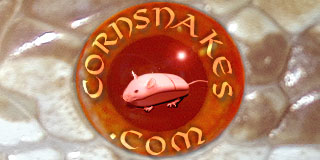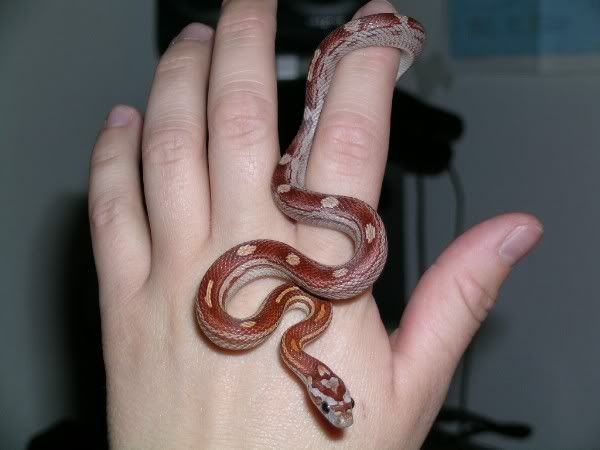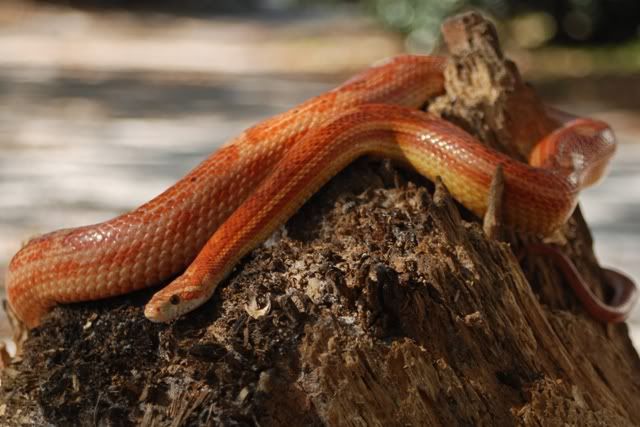I've been breeding caramels and het caramels for a number of years and I think that SOME het caramel snakes do show an increased amount of yellow when compared to non-het caramels. HOWEVER, I know for a fact that some guaranteed het caramels do NOT show an increased amount of yellow when compared to non-het caramels. I have also seen some snakes with a higher than "usual" amount of yellow be proven NOT to be het caramel.
I use this occasional het marker if I were to choose between hatchlings in a clutch where they are possible het, hoping that the more yellow ones may have a higher chance of being the ones that inherited the caramel gene. It can also be used to help make a guess as to possible hets in a snake whose background is completely unknown. One that had a high yellow coloration might be tested for caramel before being tested for lavender if several years worth of breedings are required to fully test the snake out.


